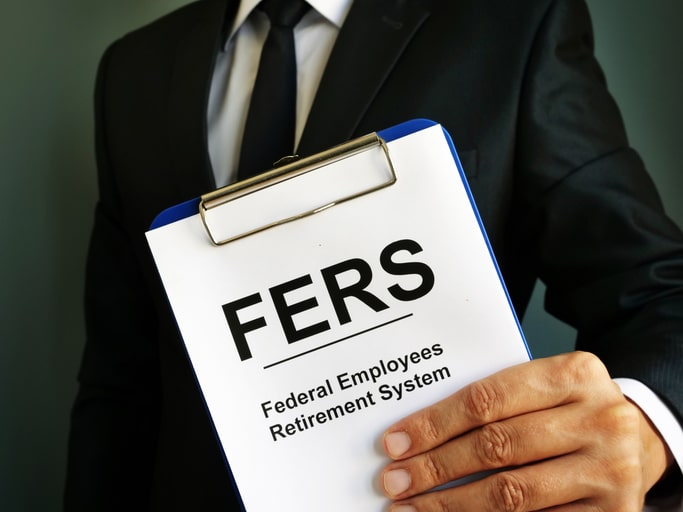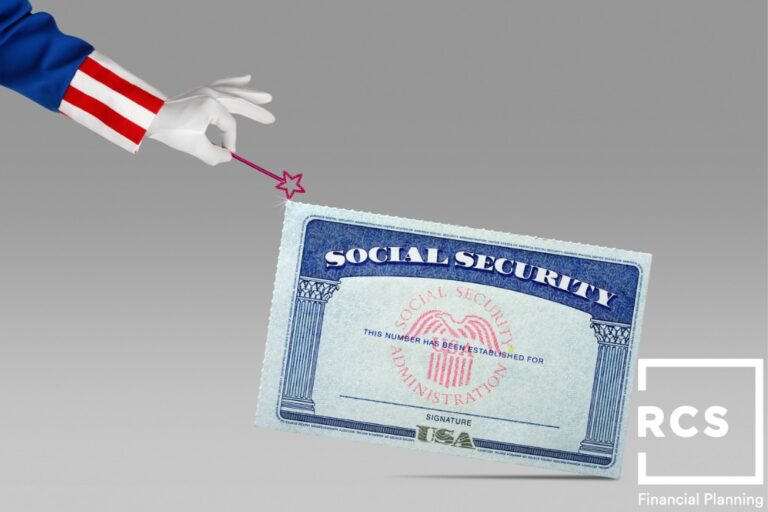Are You Ready to Bet Your Retirement on Private Equity? Why a New Rule Could Put Your 401(k) at Risk
Introduction
You’ve saved for decades, making smart choices, avoiding hype, and staying the course. But what if the rules suddenly changed—and your hard-earned 401(k) became a target for high-risk, high-fee investments?
A new executive order could open the floodgates for private equity in retirement accounts, and on the surface, it might sound like opportunity. But ask yourself: Are you really getting access to the same deals as billionaires—or are you being sold the leftovers?
Most people assume their 401(k) is protected, diversified, and grounded in long-term fundamentals. But this policy shift introduces a dangerous blind spot: complex, opaque, and often unregulated private equity products that can lock up your money, charge sky-high fees, and fail to deliver.
This post explores the real risks behind this policy, the ugly truth about private equity returns, and why retirees should think twice before embracing Wall Street’s next big pitch.
What’s Actually Happening? The Executive Order Behind the Headlines
The Push Toward “Alternative” Investments in 401(k)s
On August 7, 2025, a new executive order was issued by the Trump administration to expand access to private equity and other “alternative” investments inside 401(k) plans. The goal? According to the administration: to give workers the same opportunities as wealthy investors.
But this framing ignores the enormous knowledge gap, access imbalance, and structural risks that differentiate a high-net-worth investor from the average retiree.
“This is like telling everyday drivers they can now race Formula One cars—without the training, the track, or the safety protocols.”
The Fine Print: You’re Not Getting Private Equity’s Best Deals
While the executive order talks about “access,” the reality is different. Most 401(k) participants won’t get the crème de la crème of private equity deals. Instead, they’ll be funneled into mass-market funds with limited transparency, poor liquidity, and fees layered like an onion.
The Real Risks of Private Equity in Retirement Accounts
Underperformance Is the Norm—Not the Exception
Private equity is often marketed as a high-return opportunity, but the numbers tell a different story.
- A respected analysis by Christoph Jaeckel found that the average private equity fund underperforms the S&P 500 by approximately 3% per year, net of fees—even though it may outperform before fees. Once costs are factored in, the promise of outperformance fades quickly.
And it gets worse.
Most private equity performance studies suffer from survivorship bias—they exclude failed funds that quietly disappeared, skewing returns higher than what everyday investors actually experience.
Academic research by Kaplan & Schoar further supports this reality: net-of-fees private equity returns are roughly comparable to, or slightly below, public markets like the S&P 500.
“You’re not just trying to beat the market—you’re trying to beat it while paying 5–7x higher fees, accepting illiquidity, and giving up transparency.”
Have you considered what happens if your 401(k) ends up in a “loser” fund? There’s no easy exit—and no FDIC safety net.
Not sure if you’re missing anything in your retirement plan?
These 3 free checklists cover retirement planning, tax strategies, and important financial deadlines—so you can make informed decisions with confidence.
The Fee Machine: 5–7x Higher Than Index Funds
The fees in private equity are not just high—they’re stacked:
- Management fee: Typically 2% annually
- Performance fee (carried interest): 20% of profits
- Portfolio company fees: Legal, consulting, deal fees (often undisclosed)
Compare this to the average 401(k) index fund with fees around 0.05%–0.20%.
According to the SEC, private equity’s fee structure can eat up 25%–50% of gross returns over time.
Illiquidity and Lockups: Your Money is Trapped
Private equity funds typically require:
- 5–10 years of commitment before liquidity
- Strict penalties for early withdrawal (if allowed at all)
- Minimal reporting transparency
This is in direct conflict with what most retirees need: flexibility, income, and liquidity.
“Need to rebalance during a downturn? Too bad. The money’s locked up.”
Who Wins—and Who Doesn’t
Winners
- Private equity firms (who collect fees, regardless of performance)
- Plan providers that offer packaged alternative investment products
- High-net-worth investors who still get first dibs on elite funds
Losers
- Everyday 401(k) participants without visibility, control, or influence
- Pre-retirees who need clarity, liquidity, and low-cost strategies
- Small investors who mistake access for opportunity
Most people assume they’re stepping onto the same playing field—but the game is rigged, and you’re not holding the rulebook.
What the Data Really Says About Private Equity Returns
Dispersion Is Destiny
- According to Preqin, the average net IRR for PE over 10 years is 12.9%, but:
- Top-quartile funds earn 17%+
- Bottom-quartile funds earn under 6%
- Once you subtract the fee load, many mid-tier funds underperform public index funds
Survivorship Bias in the Marketing
Private equity performance stats often exclude failed funds that never raised follow-on capital. This skews the data and creates the illusion of consistent outperformance.
What Should Retirees Do Instead?
Stick with What Works—But Get Strategic
- Focus on low-cost index funds with global diversification
- Prioritize tax efficiency through Roth conversions and asset location
- Use dynamic withdrawal strategies to reduce sequence of return risk
- Ensure liquidity for long-term care and unexpected expenses
Don’t Let Wall Street’s Hype Replace Your Judgment
“Retirement is not the time to swing for the fences—it’s the time to protect the base.”
Key Takeaways
- Private equity isn’t built for retirement portfolios—it’s illiquid, opaque, and fee-heavy
- The best private equity deals are inaccessible to most 401(k) investors
- Data shows wide performance gaps between top and bottom funds—guess which one you’ll be offered
- This policy benefits Wall Street far more than Main Street
- Low-cost, transparent investment strategies still outperform over time—without the gamble
Questions About Your Retirement?
Whether you’re planning for retirement or already there, we’re here to help. What questions can we answer?
We respect your privacy. We will never sell or share your information with any third party. You can unsubscribe at any time with just one click.
This material is provided for educational, general information, and illustration purposes only. You should always consult a financial, tax, or legal professional familiar with your unique circumstances before making any financial decisions. Nothing contained in the material constitutes tax advice, a recommendation for the purchase or sale of any security, or investment advisory services. This content is published by an SEC-registered investment adviser (RIA) and is intended to comply with Rule 206(4)-1 under the Investment Advisers Act of 1940. No statement in this article should be construed as an offer to buy or sell any security or digital asset. Past performance is not indicative of future results.






